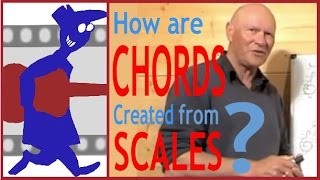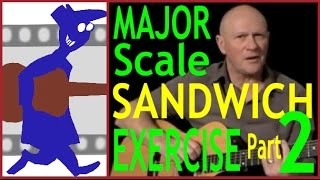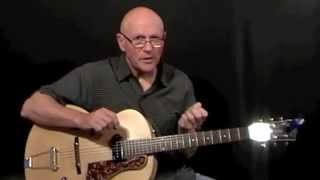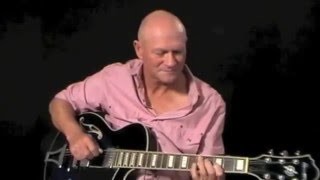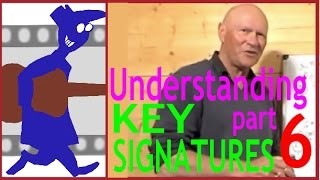How to Read Music - Part 1
Published on 26 January 2016
For more information from the source site of this video please visit: http://secretguitarteacher.com/youtube/advanced/theory/PD1-u-KcBLA/83775170-how-to-read-music-1.php
By standard notation we mean ordinary written music -- the kind that classical trained musicians learn to read.
Guitar tab is the first choice of guitarists, but ultimately it has its limitations. By learning at least the basics of standard notation you will find it easier to communicate musical ideas with other musicians and also it will smooth out your progress through learning the higher levels of music theory.
As a nice bonus, being able to understand standard notation means you can read melody lines out of song books which is a great help when it comes to developing cool melody based solos.
We start with five parallel lines called a staff or stave. These lines are meaningless until we place a clef at the beginning
Now originally this started out life as a letter G, but over the years it got standardised into the sign we now recognise as a treble clef.
Once we have pinpointed that line as G, the rest of the letters of the musical alphabet follow on from there alternating space/line/space/line..
And the same downwards.
Conventionally, students of music are taught to memorise the names of the notes like this:
Firstly the notes on the lines:
Every Good Boy Deserves Fortune
F A C E spells face which conveniently rhymes with Space
Look at the sharp symbols at the start of the line. Each one is positioned on either a line or a space. For example the first one is positioned on the top line. As this is where the note F belongs, this tells us that all Fs should be played as F#.
The next sharp symbol is placed on the third space up so it affects all C notes and dictates that they should be played as C# instead.
The third sharp symbol is placed just above the F line. A note in this position would be a G so this tells us to play all Gs as G#s.
Here the flat symbols are placed on the middle line affecting all B notes and dictating that they are played as B Flats. And the top space affecting all E notes and dictating that they are played as E Flats.
These are notes that arguably don't belong to the key and are thus referred to as 'Accidentals'.
In our example, the key signature is established at the start of the line by the two flat symbols affecting the B and E notes. But the very first B has a natural symbol -- the one that looks like a sharp with one arm and one leg cut off! -- The natural symbol effectively cancels out a
sharp or flat and restores the note to natural (meaning neither sharp nor flat).
One final question people normal ask at this stage -- where do I find these notes on the guitar? Pretty smart question really!
Well the internationally accepted standard for tuning musical instruments defines the note A on the second space up as 440 Hz
Only problem with this is that it means that the majority of notes on the guitar would be placed so far down on the stave as to be unreadable.
So, by general agreement guitar music is written one octave higher than it actually sounds.
Here you can see the open strings placed one octave higher than they actually sound, but at least now we can read the notes more easily, because most of them are actually on the stave.
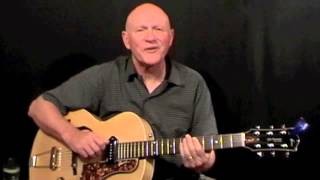 How to Improvise with the Diminished Scale
How to Improvise with the Diminished Scale
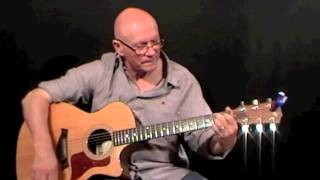 Diminished Chords - How to Use Them on the Guitar
Diminished Chords - How to Use Them on the Guitar
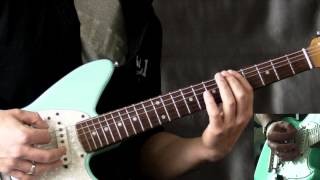 Alternate Picking Speed Exercise - Guitar Lesson
Alternate Picking Speed Exercise - Guitar Lesson
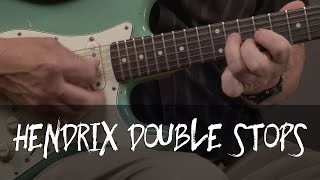 Jimi Hendrix Double Stop Guitar Lesson
Jimi Hendrix Double Stop Guitar Lesson
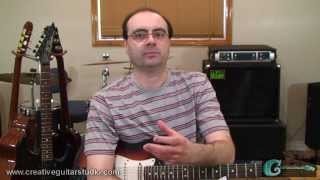 RHYTHM GUITAR: Improving Musical Concentration
RHYTHM GUITAR: Improving Musical Concentration
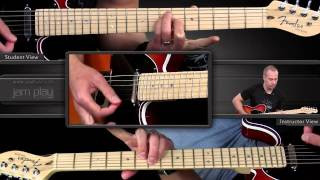 Beginner Lesson - Barre Chord Basics and the E Sha...
Beginner Lesson - Barre Chord Basics and the E Sha...
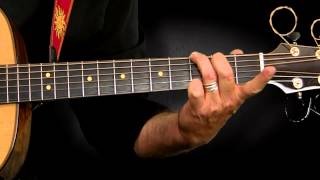 Travis Picking with Don Ross
Travis Picking with Don Ross
 IMPROVISATION: 3 Steps to Meaningful Solos
IMPROVISATION: 3 Steps to Meaningful Solos
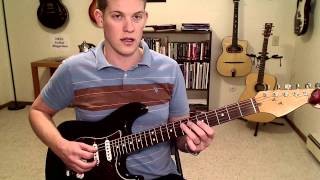 Intro to Chord-Tone Soloing
Intro to Chord-Tone Soloing
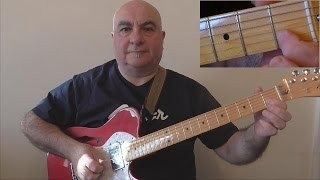 The C Major Scale For Guitar Beginners
The C Major Scale For Guitar Beginners

